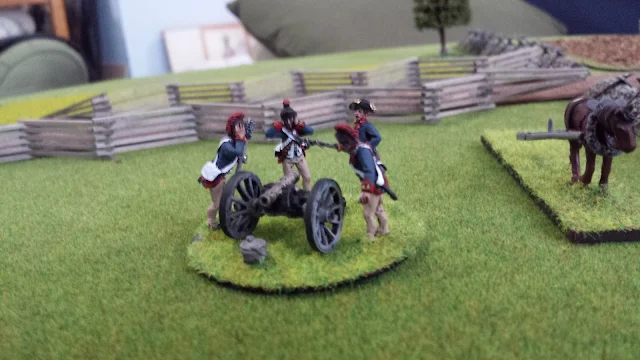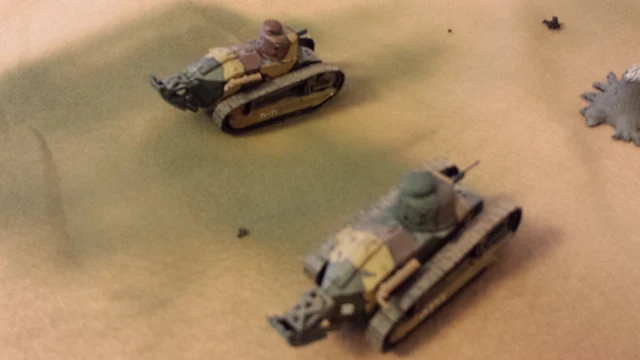The British Legion was raised in New York in 1778 in order to merge several small Loyalist units into a single force, a "legion" that combined infant, cavalry and artillery. The infantry consisted of the Caledonian Volunteers, a partially mounted and partially foot unit raised in Philadelphia in late 1777 and early 1778, Ritzema's Royal American Reformers, the West Jersey Volunteers, and the Roman Catholic Volunteers. The cavalry consisted of the New York Dragoons, the Philadelphia Light Dragoons, Emmerich's Chasseurs, the Prince of Wales' American Volunteers, and some volunteers from the 16th Light Dragoons. Although the Legion was commanded by William, Lord Cathcart, as colonel; it's actual field commander, and
the man who is most identified with it was its Lieutenant Colonel Banastre Tarleton.
Sent south in late 1779, Tarleton and his legion took part in the siege and capture of Charleston South Carolina. His victories against American cavalry at Monk's corner and luend ferry all but eliminated the American cavalry and sealed the city of Charleston off to reinforcements. It also set a precedent for bold action, forced marches and surprise attacks against unsuspecting foes. His ruthlessness at the Battle of the Waxhaw against Virginian continentals under colonel Buford created the Bloody Tarleton legend. The Legion cavalry troopers killing of surrendering soldiers after the fighting had ended created the expression "Tarletons quarter" and forever branded him as a ruthless foe who gave no mercy. While this reputation may or may not be deserved, it did unite the country against Tarleton and the British. Scores of men joined the state militia forces.
The legion played a key role at the Battle of Camden, and latter against the partisans Marion and Sumter. While Tarleton never caught up with Marion, he did fight several actions against Sumter. But it was the defeat at The Cowpens which changed the Legion. The cavalry never recovered their reputation and in the future performed poorly and timidly. The infantry, and artillery were destroyed and not reorganized.
Following Cornwallis into North Carolina and later Virginia the Legion cavalry fought at numerous actions. In Virginia it almost captured Thomas Jefferson at his home. At Yorktown it fought a most colorful and interesting battle against Luzan's legion at Gloucester point. This would provide a colorful and exciting game!
The British Legion consisted of six troops of cavalry, five companies of infantry and an attached light three pounder gun. At its largest the legion numbered over 450 rank and file with about 250 Cavalry and about 200 Infantry at the Cowpens. While the uniform and organization of the cavalry is very well documented the infantry appears to be the poor step child. Not much is known, and there is considerable conjecture concerning them.
Uniform documentation on the infantry is rare. The little I have found over the years is not much. An orderly book for the legion infantry while on long island in 1779 suggest they were issued overalls. As returns for the equipment list dragoon helmets and later infantry caps I suggest the infantry wore some sort of light infantry cap rather then the more famous dra goon style helmet. An inspection report quoted in Lawson's Uniforms of the British army suggest the infantry had short green coats with black collar and cuffs and a green waistcoat. The waistcoat may have been laced. This is how I have painted my legion Infantry. But there are other interpretations of the infantry out there. I have provided my documentation so you can see where I am coming from.






























